
The D♭ major chord offers a deep, melodious sound, frequently used in genres ranging from classical to jazz. This article aims to guide beginners through the learning of this emotionally rich chord, revealing not only how to play it, but also how to master its various inversions. With clear diagrams and detailed tutorial videos, you’ll easily grasp the structure and beauty of D♭ major, enriching your musical expression and expanding your piano repertoire.
Learn chords and more with the La Touche Musicale app
This chord is composed of the notes D♭, F and A♭, offering a warm, enveloping sound. Popular in jazz and classical music, it adds a touch of softness and elegance to compositions. This chord often evokes feelings of comfort and serenity, making it a favorite choice for soothing passages. Its harmonic richness enriches the piano repertoire, making it indispensable for performers wishing to explore a varied emotional range.
A♭ – Fifth finger (5)
F – Third finger (3)
D♭ – First finger (1)


A♭ – First finger (1)
F – Third finger (3)
D♭ – Fifth finger (5)


Learn chords and more with the La Touche Musicale app
D♭ – Fifth finger (5)
A♭ – Second finger (2)
F – First finger (1)


D♭ – Fifth finger (5)
A♭ – Third finger (3)
F – First finger (1)


F – Fifth finger (5)
D♭ – Third finger (3)
A♭ – First finger (1)


F – First finger (1)
D♭ – Third finger (3)
A♭ – Fifth finger (5)


Learn chords and more with the La Touche Musicale app
To perfect your mastery of this chord, you can practice short sessions every week. You can also use our La Touche Musicale piano learning app, which will wait for you to play the right notes of the chord before moving on to the next notes.
Here are a few exercises to help you play this chord with ease:
These exercises, practiced regularly, will help you master the D♭ major chord and enrich your palette of musical expression on the piano. The key is to maintain constant practice while exploring different facets of the chord for a deeper understanding.
Although mainly written in F major, this song incorporates harmonic transitions that touch on the key of D♭ major, adding to the melancholy of its harmonic structure. Yesterday is an excellent example of the use of major chords to convey deep emotions in modern musical compositions.
This Alicia Keys hit uses the D♭ major chord in its progression to reinforce the vulnerability expressed in the artist’s lyrics. The song navigates through complex chords, with D♭ major serving as the harmonic cornerstone that enriches the musical texture.
Here’s a third track that makes good use of the D♭ major chord, contributing to the sentimental depth of the title. The chord plays a key role in the harmonic progression, adding to the melody’s dramatic impact and memorability.
The D♭ major chord occupies a special place in the musical landscape, offering musicians a rich, nuanced emotional palette. Whether in jazz, pop or classical music, D♭ major adds a touch of warmth and elegance, stirring the soul of listeners. In this article, we’ve learned how to play the notes of this chord and its inversions on the piano. Don’t forget to practice the exercises we’ve given you frequently to perfect your piano experience and incorporate the D♭ major chord into your interpretations of popular songs and your own compositions.
It’s a triad made up of a root note, a third and a fifth.
A♭ – Fifth finger (5)
F – Third finger (3)
D♭ – First finger (1)
D♭ – Fifth finger (5)
A♭ – Second finger (2)
F – First finger (1)
F – Fifth finger (5)
D♭ – Third finger (3)
A♭ – First finger (1)
La Touche Musicale is a popular app specialized in piano learning. You can register for free and learn to play your favorite songs with this chord and many others.
You can use our La Touche Musicale app or browse our blog category to learn how to play all the popular piano chords.
Help democratize piano learning by sharing this article:
Learn to play all the chords to your favorite songs on the piano




La Touche Musicale offers powerful AI apps to help you learn, play, and transcribe music effortlessly. Discover them below.
Ideal for: solo piano

Transcribe your piano pieces to sheet music with unrivalled precision.
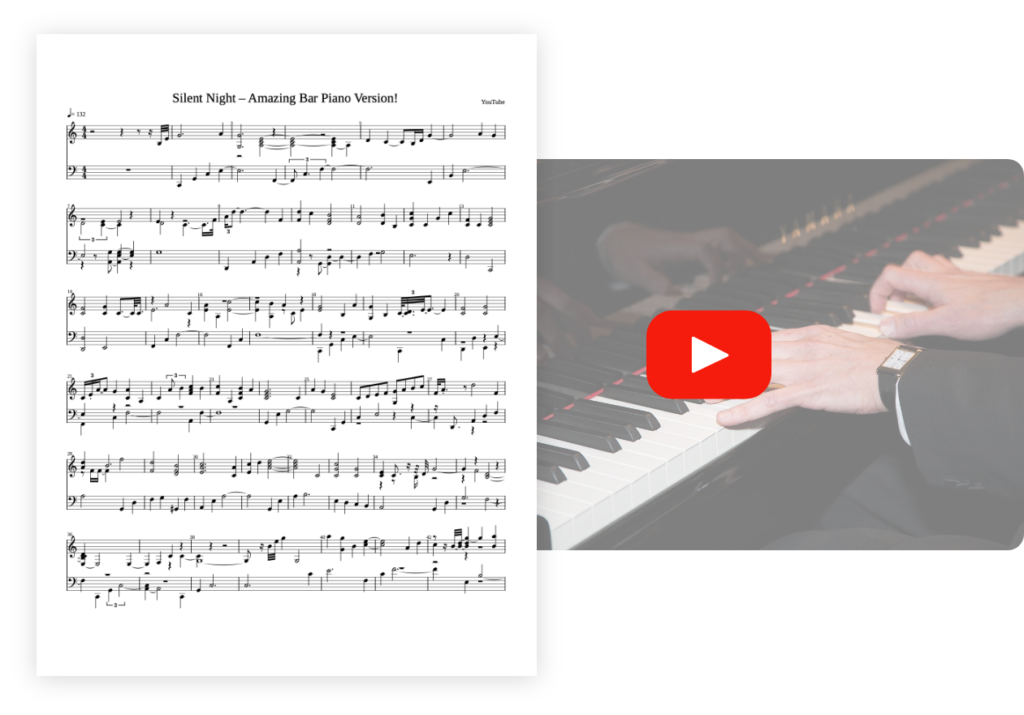
Ideal for: solo guitar

Transcribe your guitar tunes into tablature with unrivalled precision.
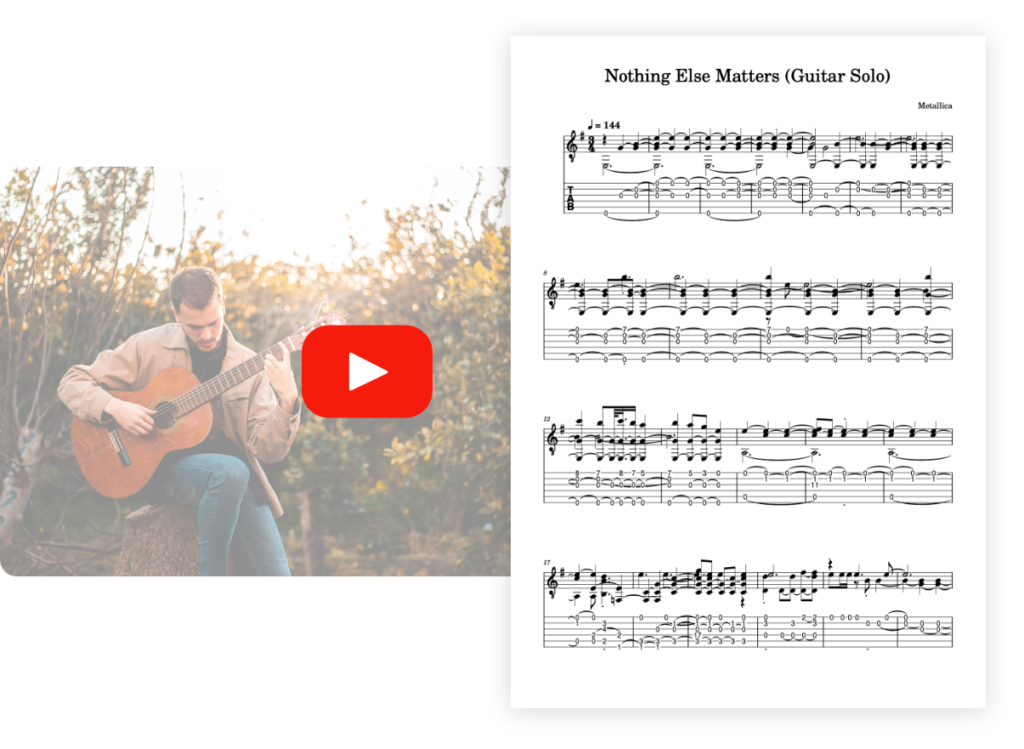
Ideal for: solo vocals

Transcribe your vocal recordings into sheet music with unrivalled precision.
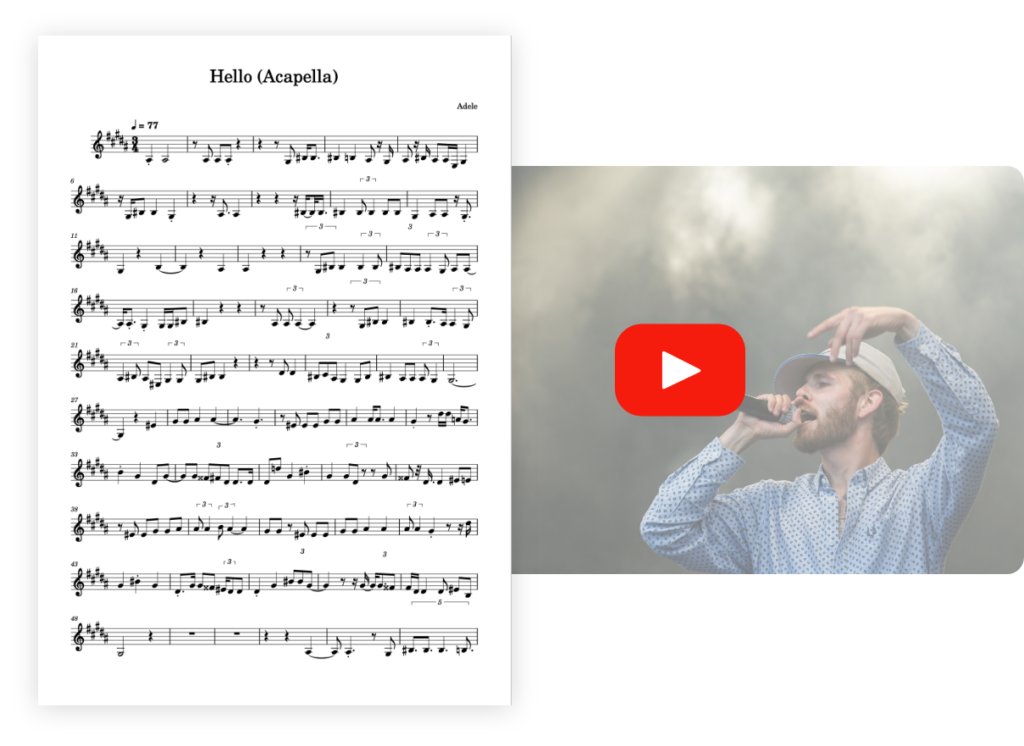
Ideal for: multi-instruments

Transcribe your multi-instrument tracks into sheet music with unrivalled precision.
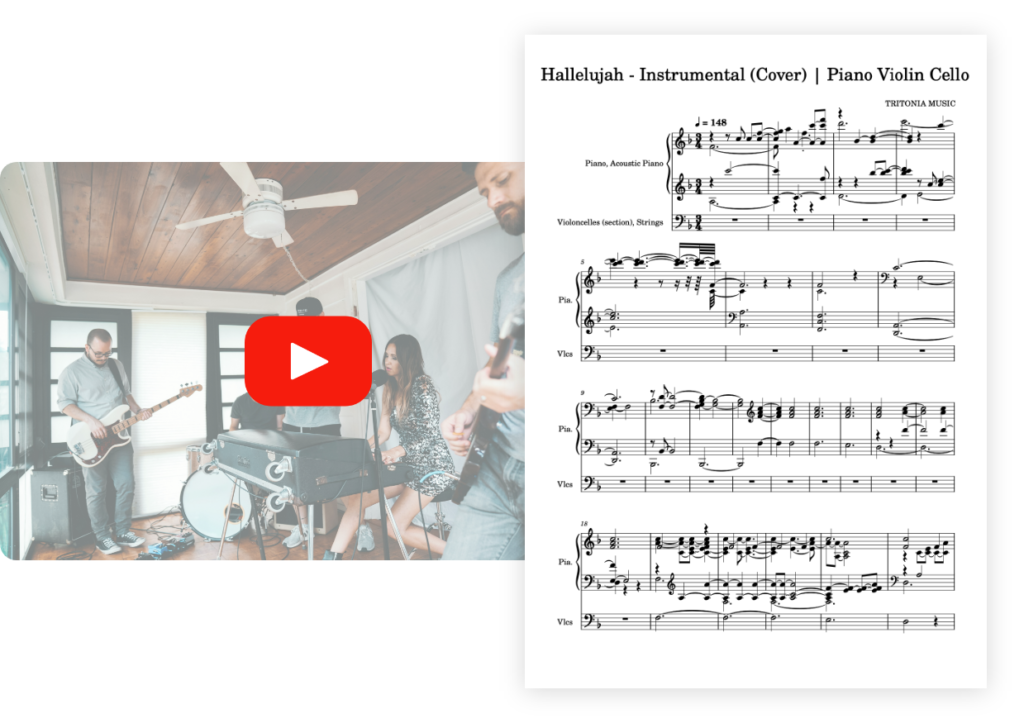
Ideal for: solo drums

Transcribe your drum tracks into sheet music with unrivalled precision.

Ideal for: solo violin

Transcribe your violin pieces into sheet music with unrivalled precision.
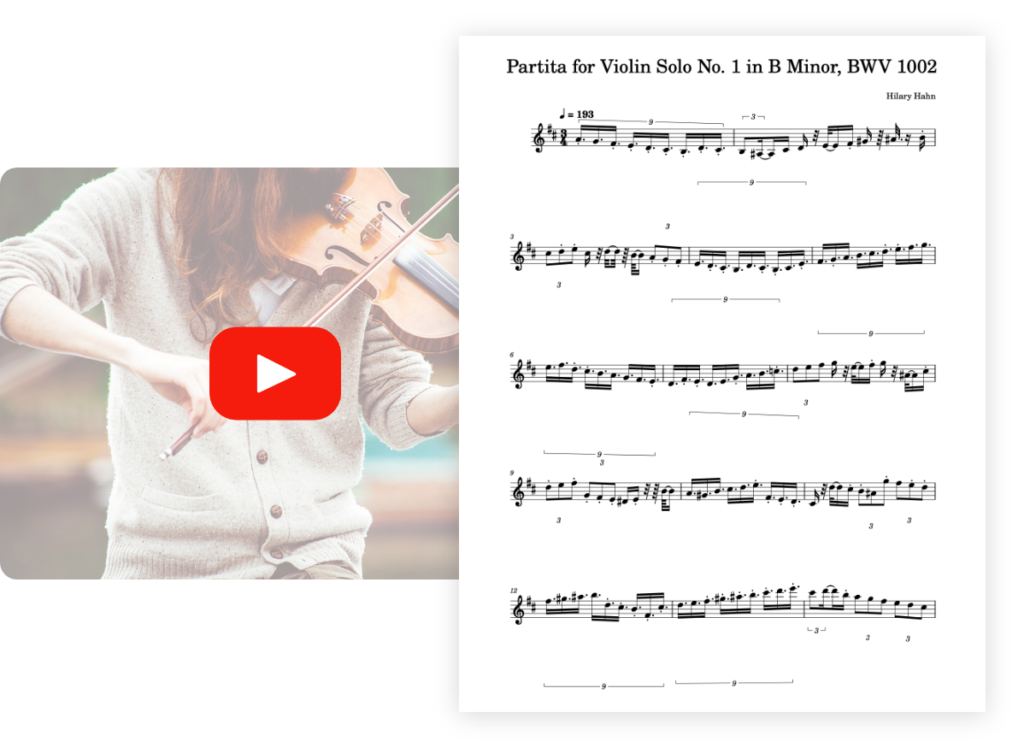
Optimized for: solo saxophone 🎷

Transcribe your saxophone pieces into sheet music with unrivaled precision.

Optimized for : solo flute 🪈

Transcribe your flute pieces into sheet music with unrivaled precision.
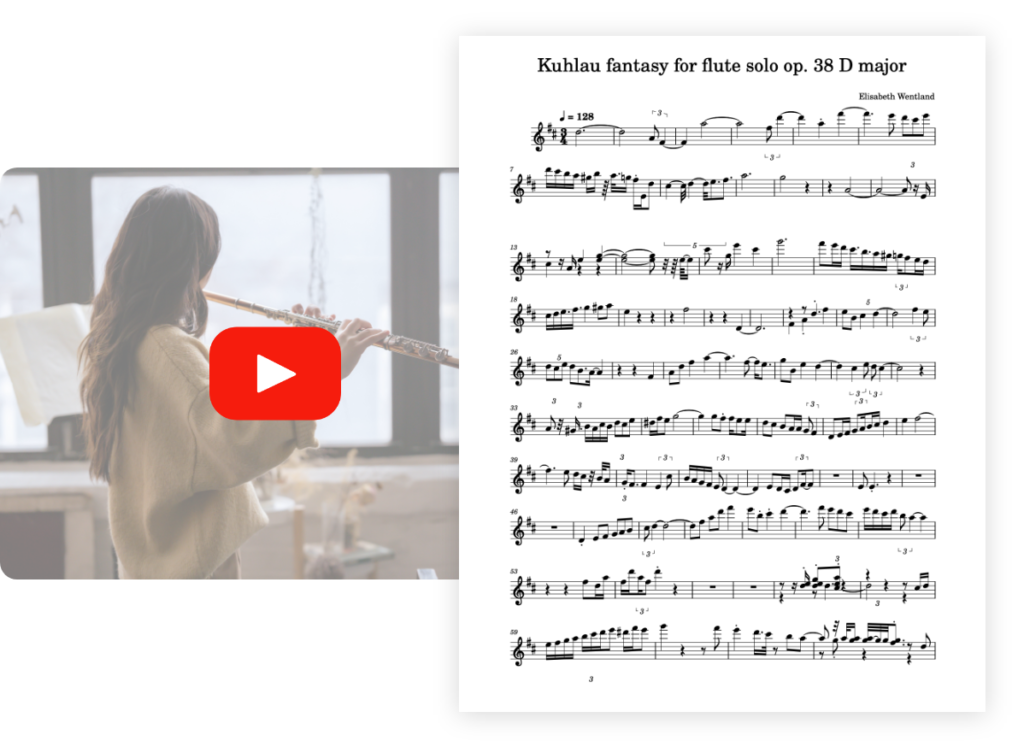
Optimized for : solo bass 🪕

Transcribe your bass pieces into sheet music with unrivaled precision.
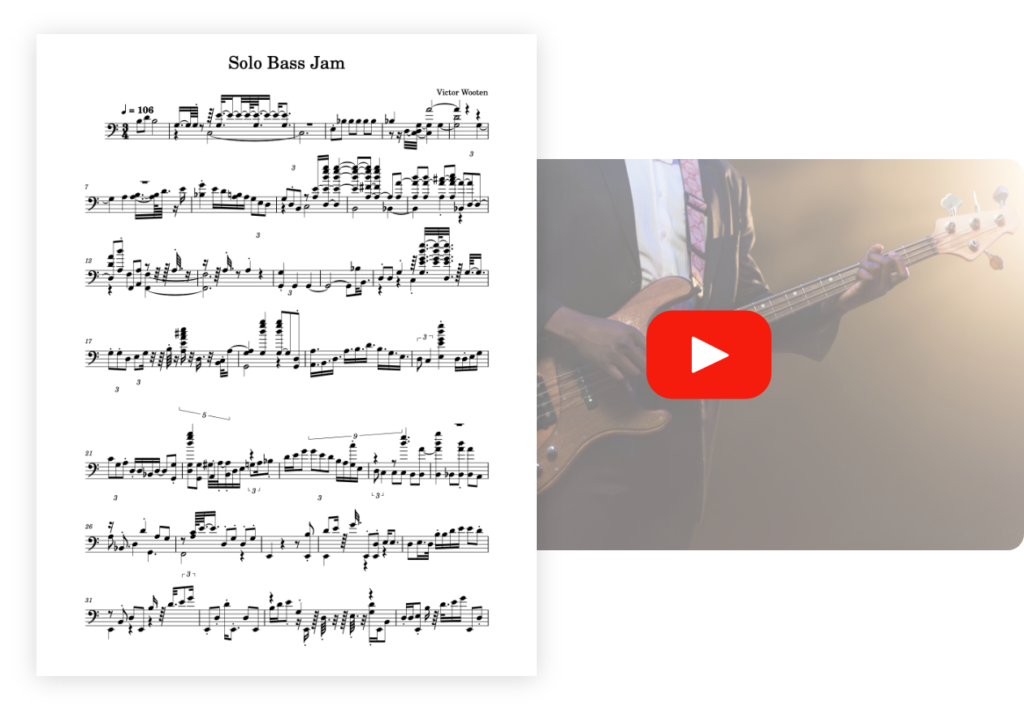
PianoGo lets you learn to play over 3,000 songs easily on the piano.
